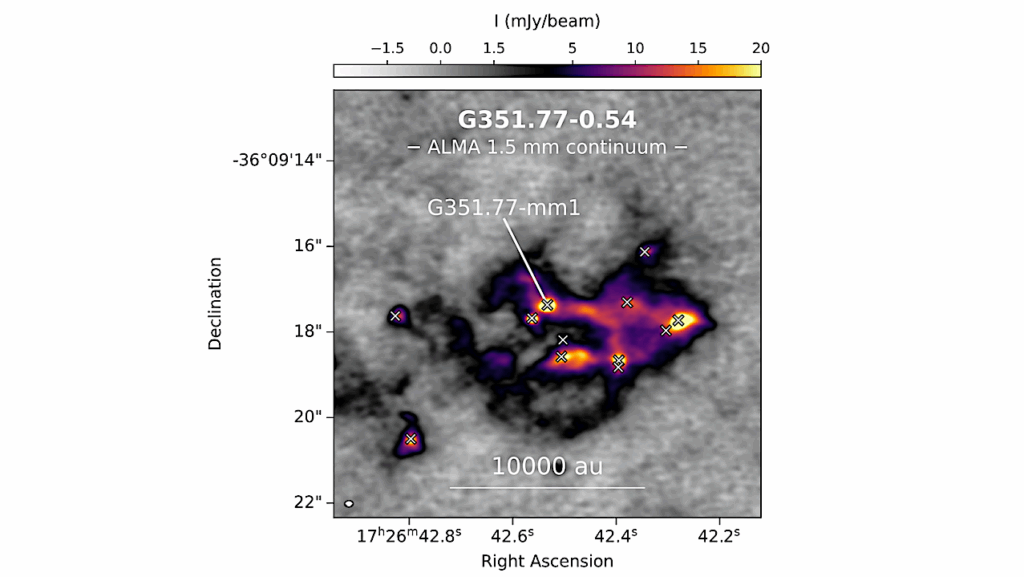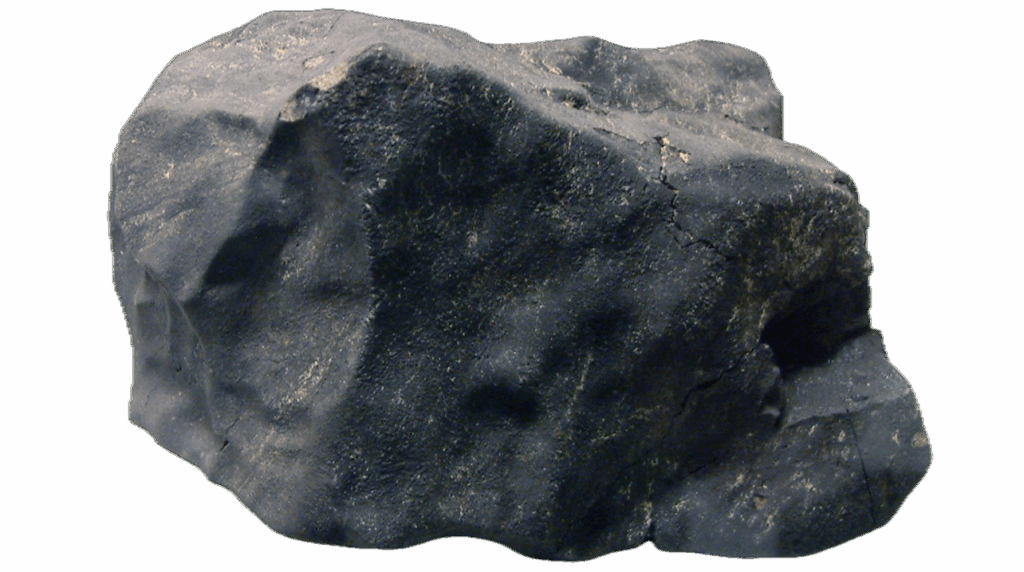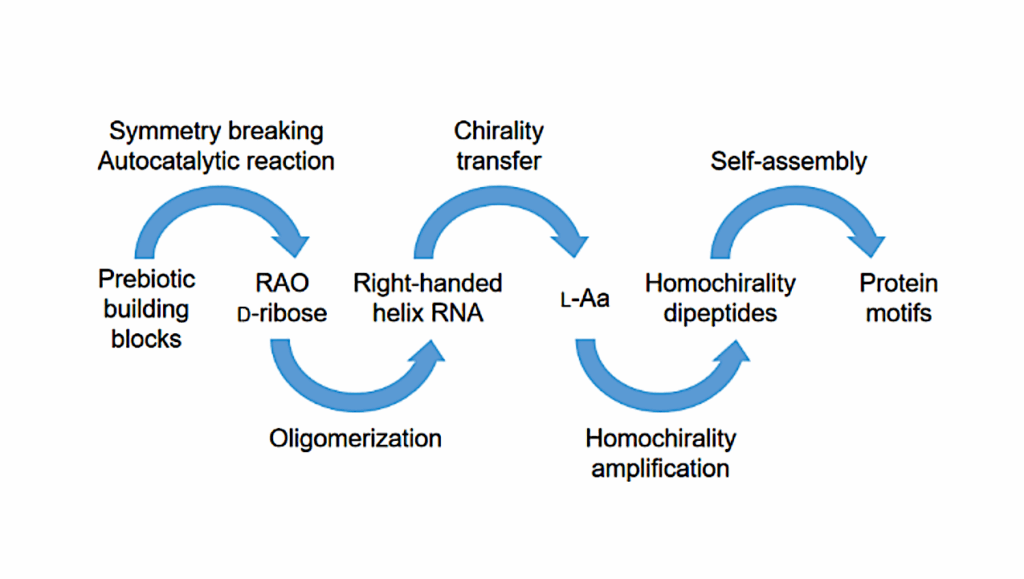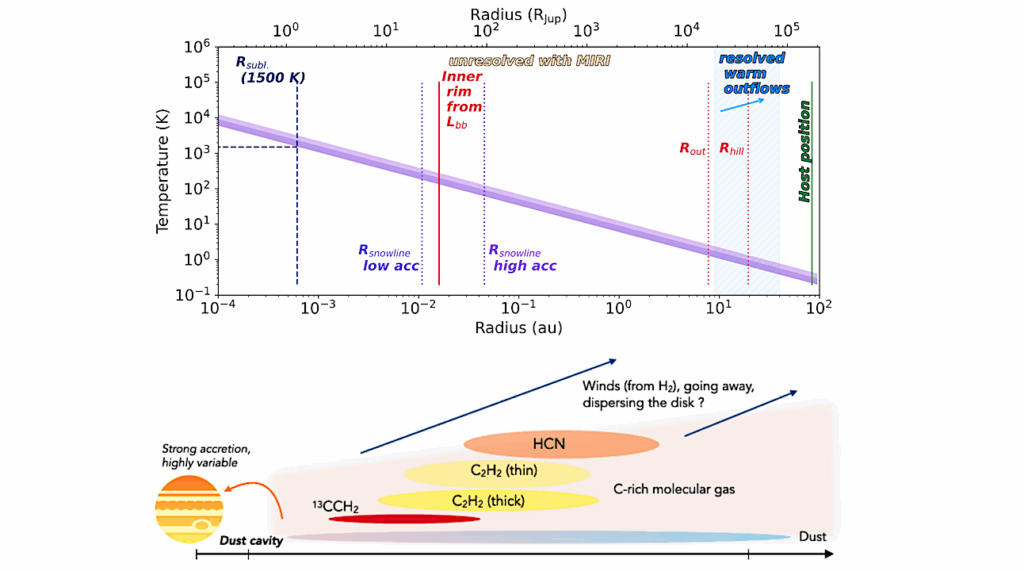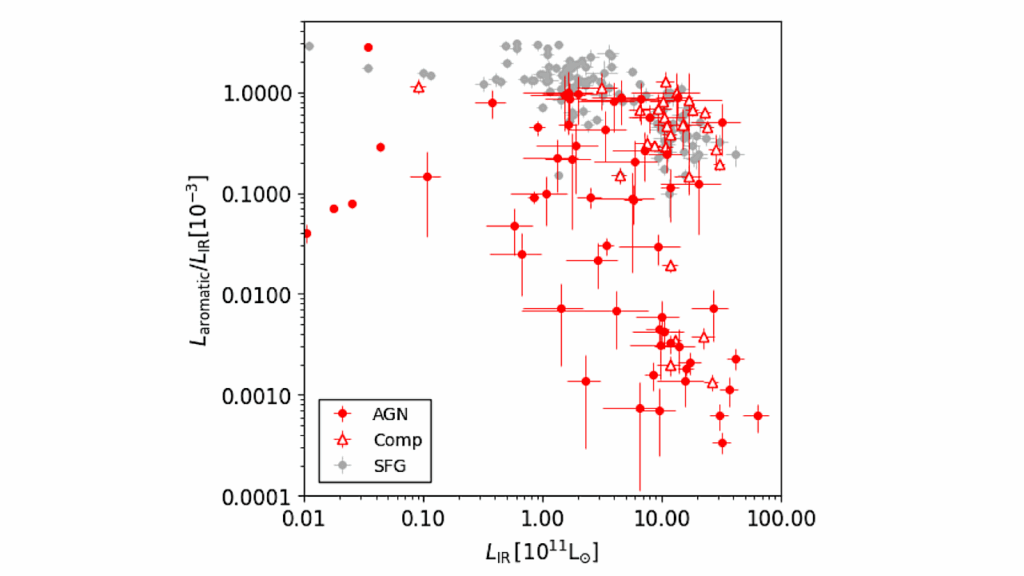Influence of the Weak Nuclear Force on Metal-Promoted Autocatalytic Strecker Synthesis of Amino Acids: Formation of a Chiral Pool of Precursors for Prebiotic Peptide and Protein Synthesis
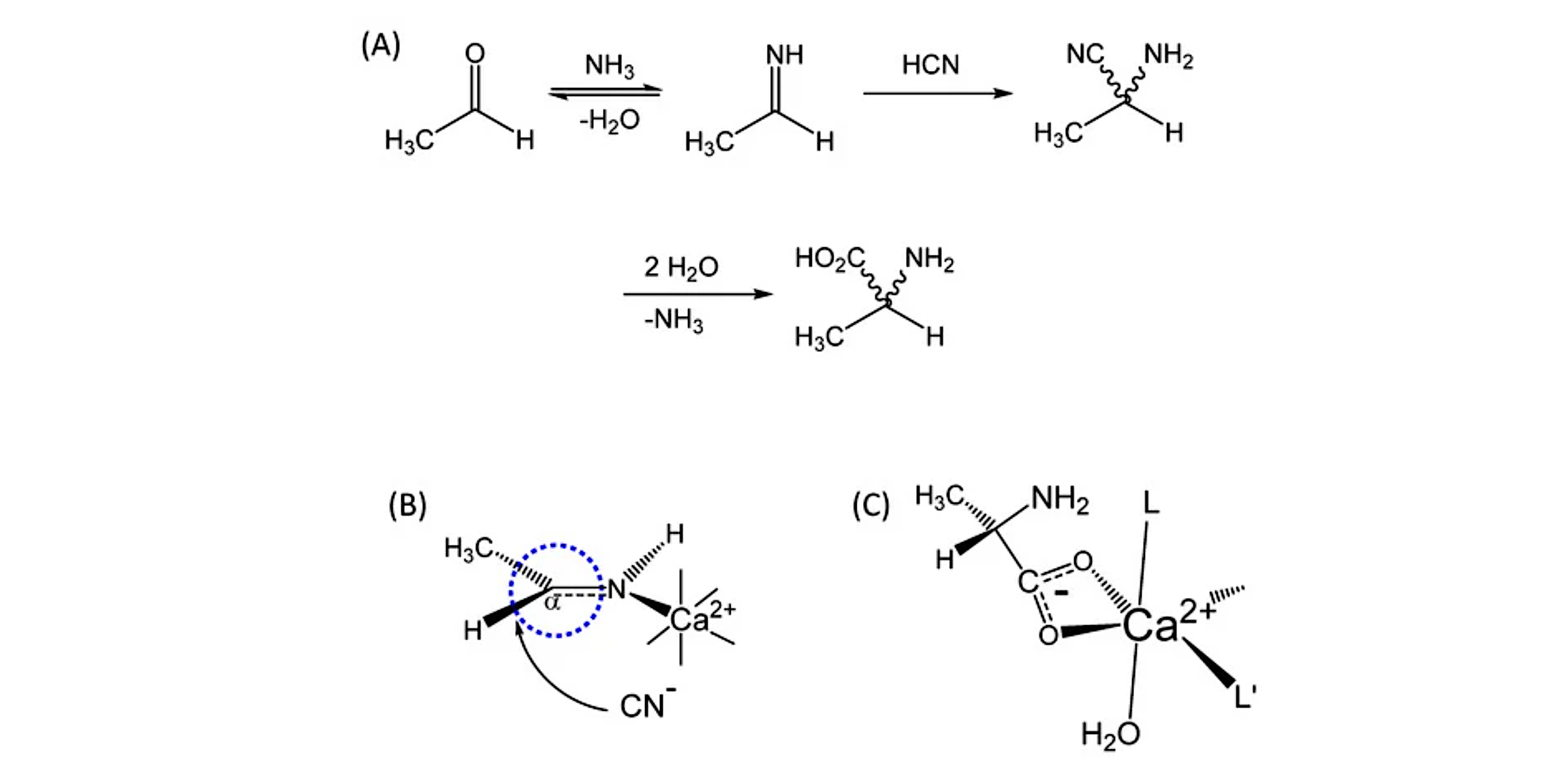
Natural chiral amino acids typically adopt an L structural configuration. While a preference for specific molecular chiralities is observed throughout biology and cellular chemistry, the origins of this preference are unclear.
In a previous report the origin of enantiomeric selectivity was analyzed in terms of an “RNA World” model, and a pathway to a chiral preference for d-ribose was proposed based on the autocatalytic transformation of glyceraldehyde as a precursor to the formation of sugars.
Metal-ion-promoted catalysis allows the parity non-conserving (PNC) weak nuclear interaction to influence the chirality of a nascent chiral carbon center. Since the PNC effect is the only natural property with an inherent handedness, it is an obvious candidate to influence enantiomeric preference from a catalytic reaction performed over geologically relevant time scales.
The PNC influence requires and emphasizes the important role of catalytic metal ions in primordial chemistry. In this study, the impact of geologically available divalent calcium and higher Z alkaline earth elements are examined as mediators of chiral preference.
Detailed calculations of the magnitude of the effect are presented, including the influence of time, temperature, pH, and metal ion identity. It is concluded that metal ions can direct chiral preference for amino acid synthesis via a metal-promoted autocatalytic Strecker reaction within a relatively short geological timeframe, thereby providing a pool of l-amino acids for catalytic chemistry evolving either from an RNA-world model of molecular evolution or alternative pathways to protein synthesis.
Influence of the Weak Nuclear Force on Metal-Promoted Autocatalytic Strecker Synthesis of Amino Acids: Formation of a Chiral Pool of Precursors for Prebiotic Peptide and Protein Synthesis
J. A. Cowan
Life 2024, 14(1), 66; DOI: 10.3390/life14010066
https://www.mdpi.com/2075-1729/14/1/66
astrobiology


